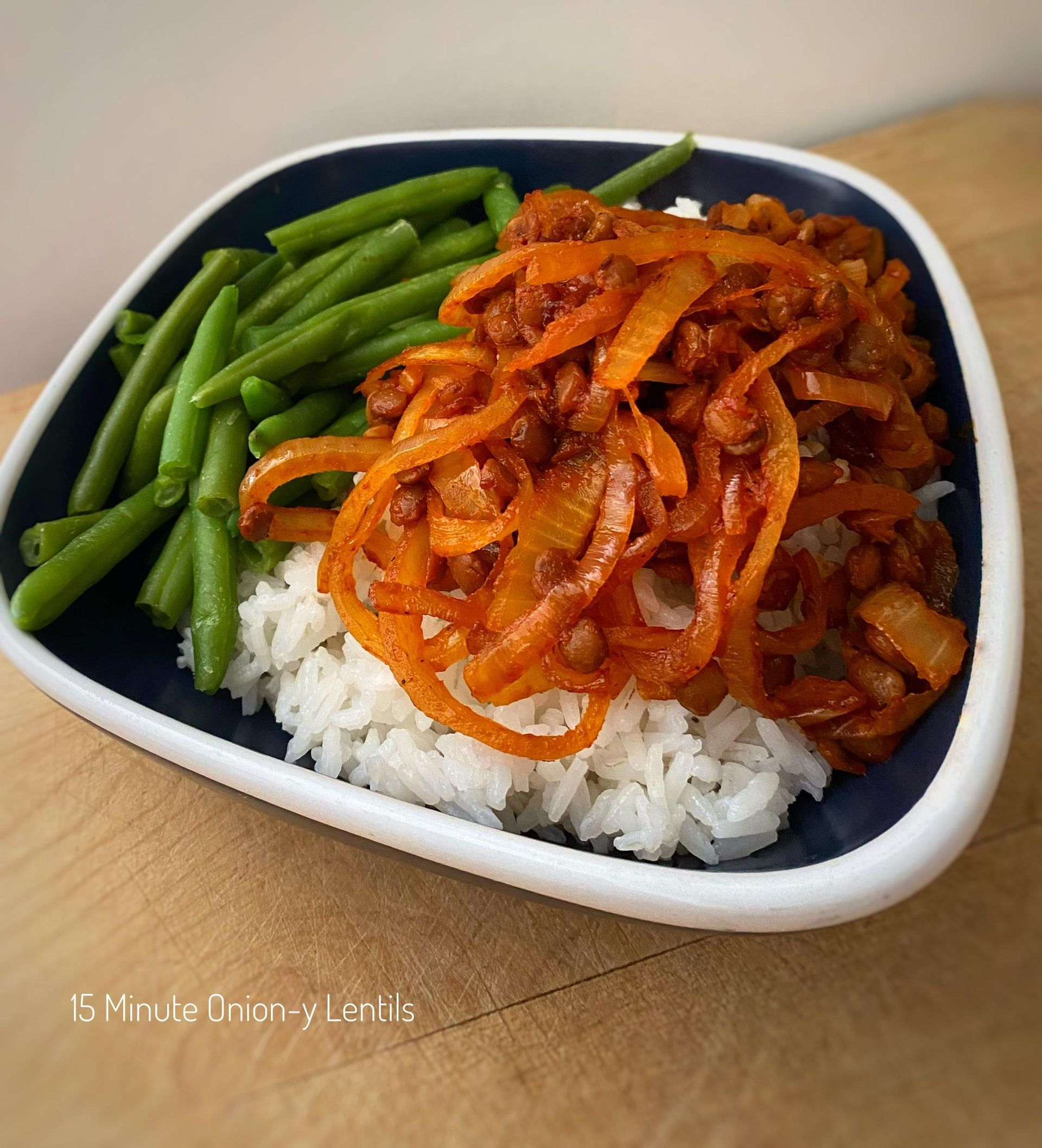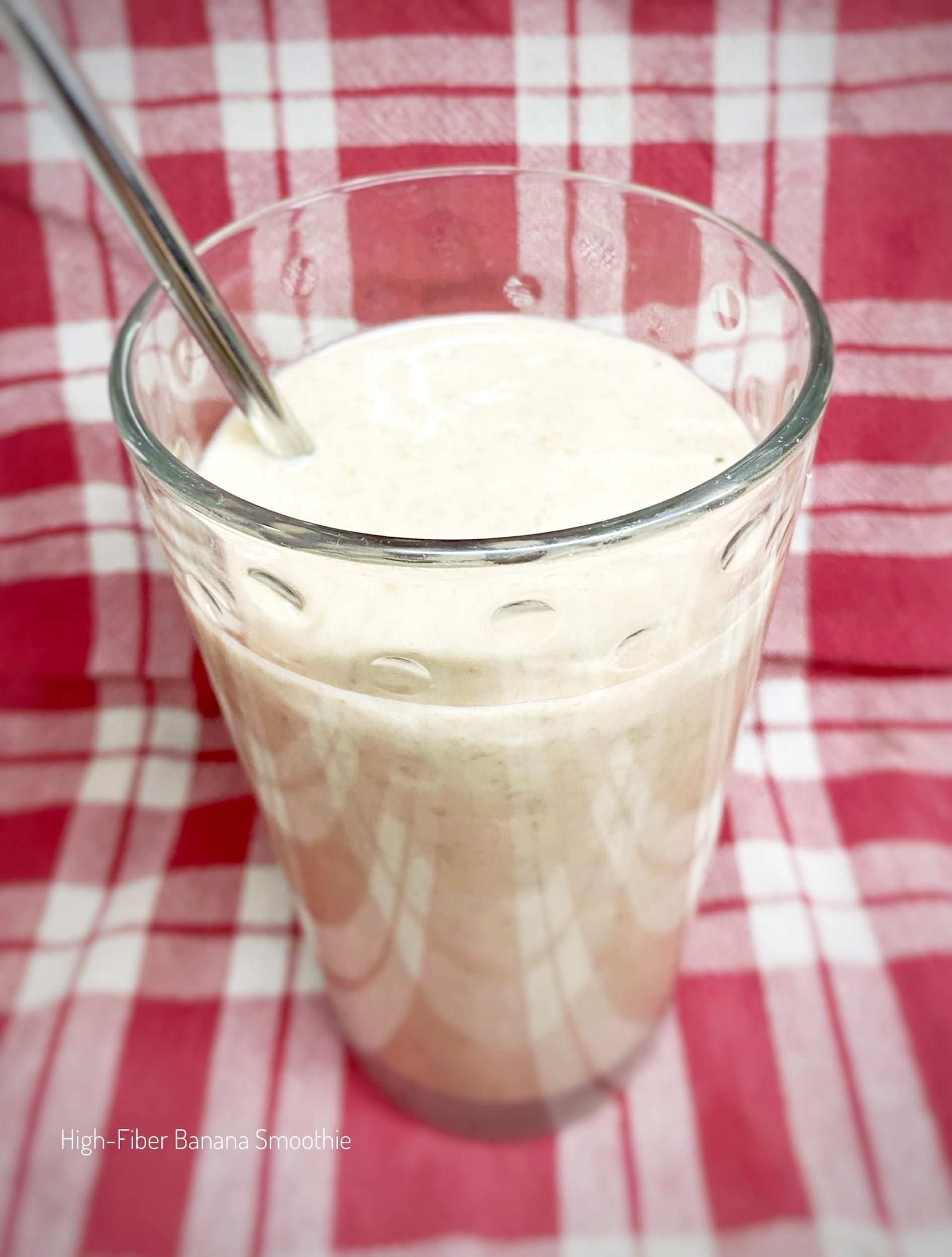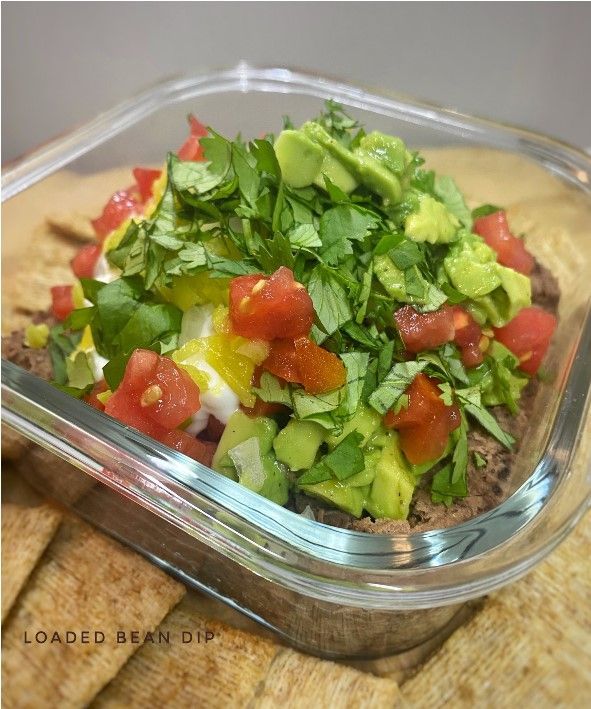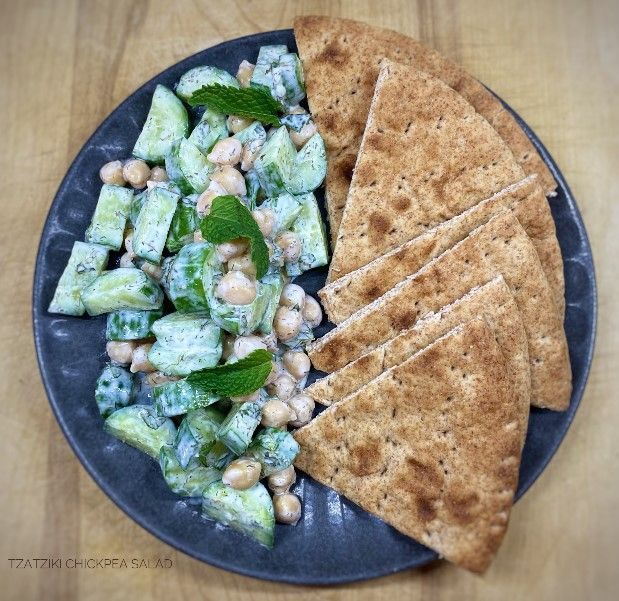Recipe Makeovers
There are some recipes we make the same way every time. Traditional family recipes, like Mom’s chicken or Grandma’s cookies, must be followed to create the desired result.
Other recipes have more flexibility.
Many recipes we come across while scrolling social media can be tweaked to be made more nutritious without compromising the recipe’s integrity. With this in mind, we can start with almost any recipe and still end up with something that sounds good and is more nutrient-dense.

Consider the following recipe modifications for extra nutrition:
Swap butter for oil. Vegetable oils are rich in unsaturated fats, a type of fat that can help lower our cholesterol. Butter and other solid fats are high in saturated fats, a type of fat that can raise our cholesterol. Sauteeing veggies in a vegetable oil instead of butter can provide more heart-healthy fats. Another tweak? Reduce the amount of fat. Many recipes call for more fat than is truly necessary. Cut the fat in half for fewer calories and less total fat.
Note: Coconut oil is a saturated fat and is not recommended for heart health.
Add veggies. Adding more vegetables than a recipe calls for is an opportunity to boost the fiber and nutrient content. Vegetables like onions, peppers, mushrooms, zucchini, peas, greens, and tomatoes complement many flavors and can be cooked alongside the rest of the recipe. No time to chop anything extra? Look for ready-to-cook, pre-chopped vegetables in the produce section or low-sodium frozen or canned vegetables. Trying to hide the veggies? Think about ways to modify the texture of the vegetables such as dicing them into small pieces, grating them, or pureeing them in a blender. Matching the vegetable shape and texture to existing ingredients can help too (think adding cauliflower rice to rice or spiralized vegetables to spaghetti).
Look for lean proteins. Proteins that are lower in fat like skinless poultry, fish, lean beef, beans, soy, or lentils are more heart-healthy than their high-fat counterparts. Swapping a higher-fat protein for a leaner option can reduce the saturated fat and calories of a dish. Limit your intake of meats with lots of visible fat, high-fat ground meats, deli meats, bacon, and sausages, and choose low-sodium options when possible.
Note: High-fat fish like salmon, mackerel, and anchovies are rich in heart-healthy unsaturated fats.
Note: Faux meat products sometimes have as much saturated fat as animal products! Read the nutrition facts label to find options that are low in saturated fat and sodium.
Pick low-fat dairy. In most cases, nonfat or low-fat dairy can easily be substituted for full-fat dairy, reducing the amount of saturated fat we get from these ingredients. Pick reduced-fat cheese, light sour cream, or skim milk for more nutritious options! Like butter, cheese can often be reduced without detriment to the recipe.
Make it meat less. Reducing the amount of meat in a recipe is one way to cut back on your meat consumption. Not ready to simply eat less? Adding vegetables to meat-based dishes can “dilute” the amount of meat per serving, making it a more plant-forward dish. Vegetables like mushrooms, grated zucchini, or beans work well at extending ground meat dishes.
Cut the salt. Reducing sodium intake is one way to improve heart health. Use half (or none) of the salt a recipe calls for. Want to reduce sodium to a greater extent? Look for low-sodium versions of soups, sauces, stocks, and seasoning packets many recipes call for; or, make your own!
Bake instead of fry. Fried foods absorb a lot of oil; even using a heart-healthy oil, too much of a good thing is too much! Bake, air fry, sauté, grill, or steam foods to cook with less oil. Methods like air frying and roasting can duplicate the crispiness we know and love from fried foods.
Sides. Beyond the entrée, the sides we choose to eat with a meal can be another opportunity for nutrition. Choosing sides based on fruits, vegetables, or whole grains can be a way to add more nutrients to a meal. Beyond their individual merit, filling up on nutrient-rich sides might encourage us to decrease our intake of the entrée—possibly reducing our saturated fat, and calorie intake of the meal!
Need more ideas on how to pick and make healthy meals? Reach out to our team of dietitians; we’d love to help! (785) 560-2566 or admin@manhattannutritionclinic.com
Manhattan Nutrition Clinic Blog
Contact
Phone:
Fax :
785-576-1146
Email:
rdn@manhattannutritionclinic.com
Manhattan Address:
1331 Laramie Street Suite 110, Manhattan, KS 66502
Junction City Address:
1104 WEST ASH STREET, JUNCTION CITY, KS 66441
Business Hours:
Monday - Friday 8:30am - 5:00pm
Evening and weekends available by appointment only












